The last time I had been down into the East Side Access cavern far beneath Grand Central Terminal feels like eons ago. It was 2015, a time when New Yorkers commuted daily to their midtown offices, and the cavern was very much just that — a large, dark, very unfinished, damp cave that barely resembled a train station.
I took a trip down to the LIRR’s new midtown home two weeks ago, and after six years, I can confidently confirm there is a new Long Island Rail Road terminal deep in the ground below Grand Central. New York has successfully built a train station underneath another train station. The occasion for the trip was celebratory as Gov. Andrew Cuomo and his MTA had just announced that morning, though not for the first time, that the 350,000 square foot terminal will open on time by the end of 2022. It seemed oddly fitting for this long-delayed project that’s taken 20 years and $12 billion to construct that it’s big announcement came amidst a pandemic that has shaken commuting patterns to their very core and has left the future of Midtown Manhattan up in the air, but regardless of the oddities of the times, the Long Island Rail Road will serve the East Side in 18 months or so.
Prior to the press tour of the new terminal, Cuomo hosted one of his famous/infamous pandemic press conference. This was the first one I’ve had the opportunity to sit through, and the Governor spoke a lot, often extemporaneously, making news here and there (particularly about the Gateway Tunnel), and he spoke at length about the challenges of completing East Side Access. “Thanks to the hard work of the so many people, major construction on this transformative project is now complete and we are proud to announce East Side Access will open up next year,” Cuomo said, “significantly cutting travel times and easing the commute into Manhattan for countless travelers. I’ve been through a lot of difficult infrastructure projects during my time in government, and while this project may have been one the most difficult to get accomplished, its completion will have a huge impact on New York’s economy and vibrancy for generations to come and serve as yet another example of what New Yorkers can do when we put our minds to something.”
Cuomo said a lot of eyebrow-raising statements, including claims that the project had stalled out prior to his personal review of it in 2018, and he never mentioned the follow-up L train-inspired review he ordered in April of 2019. He also vowed that the projected 160,000 passengers per day – a relatively paltry total for the billions spent – would be back in their offices by the end of 2022. Maybe he’s right; maybe the world will clamor for the commute and the companionship of the office after 15 months (and counting) of an isolating pandemic. Or maybe the ultimate irony of the East Side Access project will be an opening into a changed world and a changed New York, where we spent countless billions on an under-used deep-bore dead-end terminal underneath Grand Central that never should have been built in the first place. We won’t know this future for a few more years, but this project will never realize full bang for its buck.
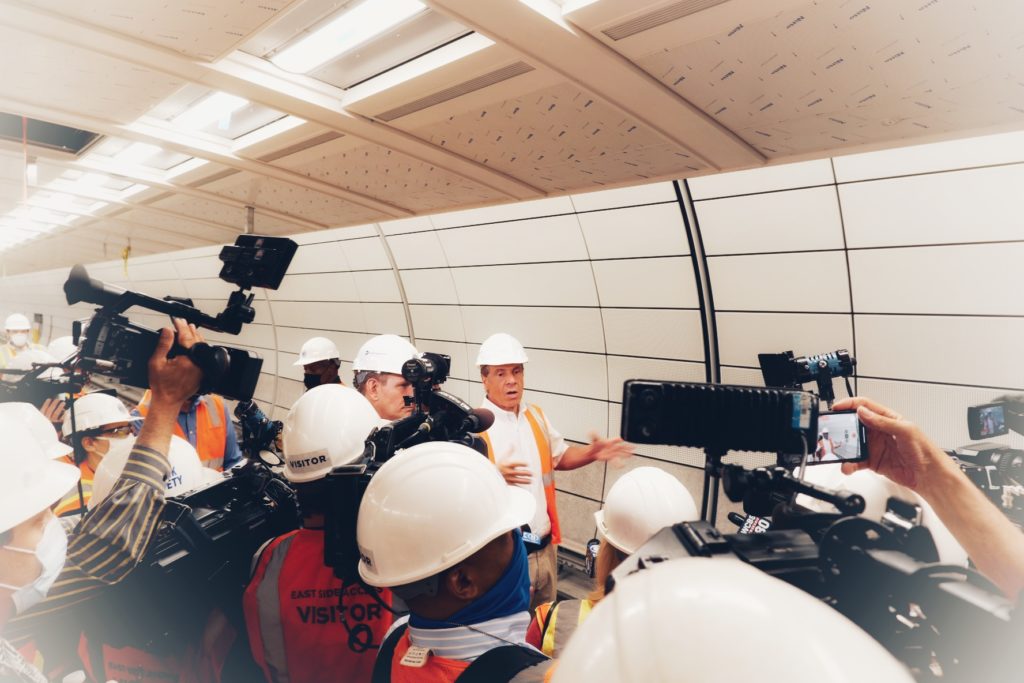
Cuomo’s promise to open the station next year come hell or high water set off some familiar alarm bells. When he last made this promise for Phase 1 of the Second Ave. Subway, he opened the subway before systems testing had been complete, and he drove the opening date by diverting massive MTA resources away from subway maintenance. The subway crisis, which lead to the Subway Action Plan and Andy Byford’s Fast Forward plan, grew out of Cuomo’s push to open the Second Ave. Subway, and Cuomo then later tried to take credit for solutions to the crisis he created. Will this drive to open East Side Access — in a similar state of completion — lead to a repeat of recent history? I’m holding my breath. Neither the city nor the MTA can afford that fate at this moment.
But outside of these concerns and my own long-documented skepticism toward this project and the way the cavern beneath a Metro-North terminal not under capacity highlights the lack of inter-agency cooperation with the MTA, I wanted to offer a few observations about the terminal now that I’ve seen it in its near-finished state. It is, first and foremost, very much an Andrew Cuomo Transit Project. While EXCELSIOR isn’t yet plastered all over the place, the main focus on East Side Access is about getting into and out of New York City, and it does very little to improve getting around NYC. Janno Lieber, the head of MTA Construction & Development, could not answer if the agency planned to further rationalize fares to allow Queens commuters rationally-priced access to LIRR. Cuomo himself spoke at length about how East Side Access will free up space at Penn Station for Penn Station Access, another commuter rail-based project designed to facilitate easier access into and out of NYC (though one with more benefits to Bronx commuters than East Side Access will, on Day One, deliver to Queens).
Thus, the only state-funded project finished under Cuomo’s watch to increase transit capacity in NYC will be Phase 1 of the Second Ave. Subway (and maybe Phase 2 if Cuomo gets another two terms and it moves forward). Meanwhile, the state has spent or will spend billions on Moynihan Station and the Penn Station South/Empire Station complex, the Tappan Zee Bridge replacement, the airport overhauls and new AirTrain and both East Side and Penn Station Access. New York City, with its transit system run by Andrew Cuomo, continues to get the short shrift.
On the physical side, the most evident element of East Side Access is how deep it is. During the press conference, Cuomo tried to sell the depth as a marvel. The new terminal will, he bragged, have 17 high-rise escalators, each 182 feet in length to bring commuters up from 140 feet below Grand Central to the surface. With entrances along Park and Madison Avenues up to around 48th Street, East Side commuters won’t be as far from their offices as they could be, but the depth adds time. The escalators weren’t on during the press tours, but officials said the rides will take 2 minutes at a stand still. These will be the MTA’s deepest escalators, which could spell trouble for an agency with a shaky track record when it comes to escalator maintenance.
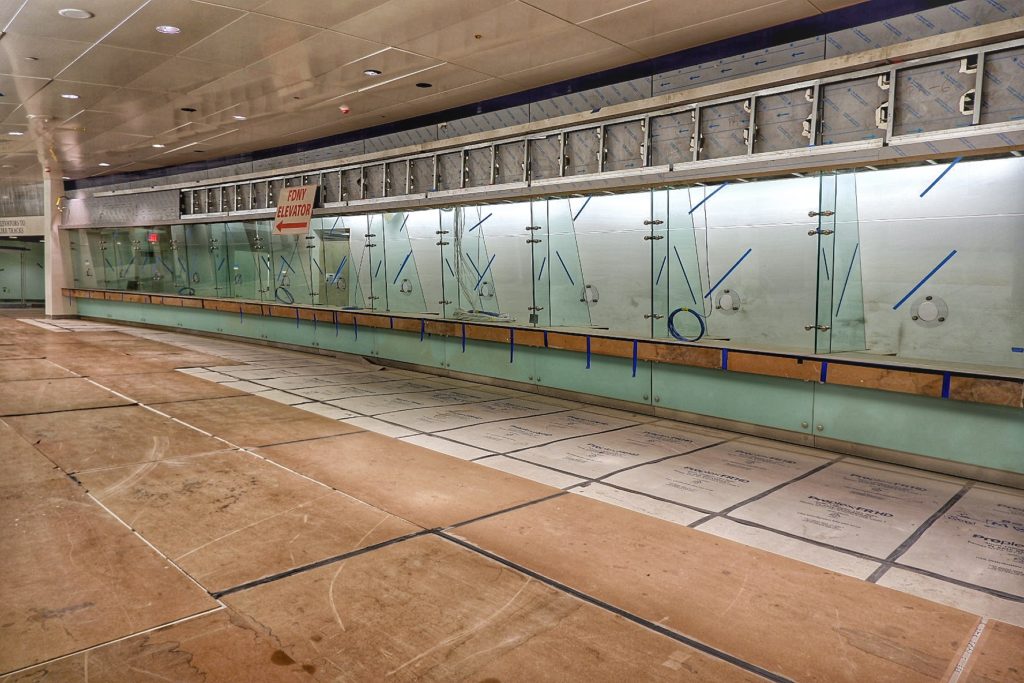
The station feels deep in other ways as well. The visual design of the station is very reminiscent of Grand Central itself with similar typefaces and marble used throughout. In an era of OMNY and digital ticketing, there is, for some reason, a massive ticket hall, but I can’t imagine all of the windows ever being staffed. Still, despite bright lights and arching ceilings, the station feels deep. The ceilings are lower than they would be, and there is no sense of place or direction that far underground. When completed the station will feature ample directions, including street signs, to anchor travelers on the Manhattan street grid. Still, it will be bright and clean in the vein of Grand Central when it opens. It’s very deep. Long escalators and low ceilings, despite a generally pleasant, if sterile, aesthetic.
And finally, East Side Access will be another transit mall — which is fine, though it also relies on a return of pre-pandemic commute volumes. The MTA plans to lease out 25 new retail spaces in the terminal, which will give NYC it’s fifth train station/mall and fourth new one this century. Unlike the Grand Central retail spaces, which are a part of the street level attraction, the new retail spaces will be deeper underground and out of the way. Some will be in the passageways at the top of the 182-foot escalators and some will be in the halls connecting to 1 Vanderbilt. But these spaces will be geared far more toward LIRR commuters than the malls in the PATH Oculus, Grand Central itself or Moynihan Station are.
All of this leads me to wonder how East Side Access will work and what it means for it to work? It’s nearly unique among massive train stations and will rely heavily on a return to the old in an era of the new. It’s a project conceptualized in the 1960s, designed in the 1990s and opened, if on time, in 2022.

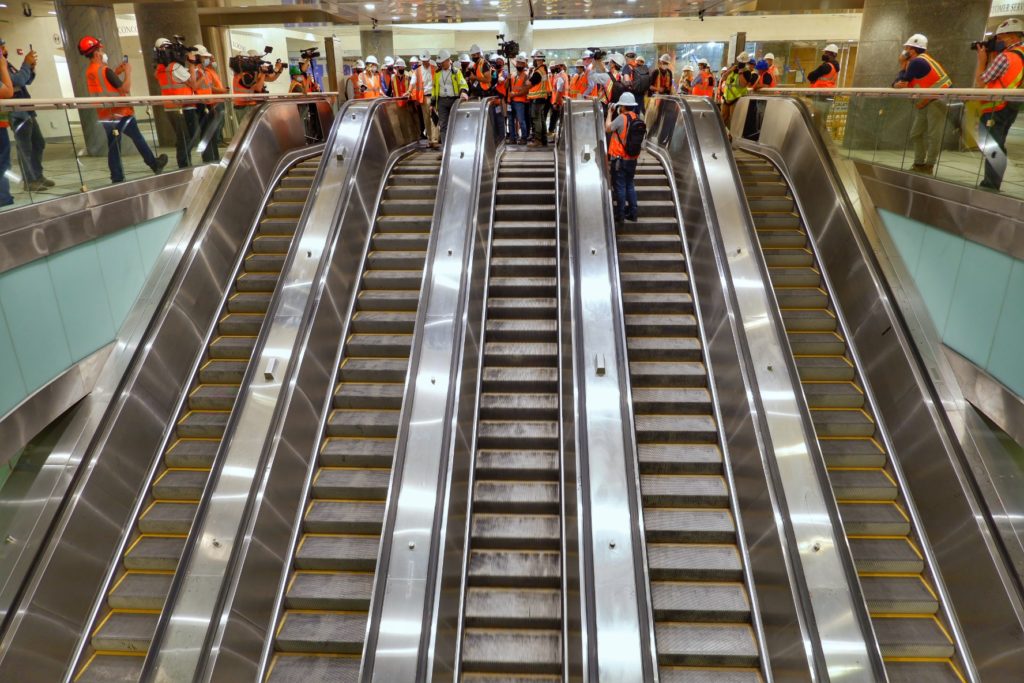
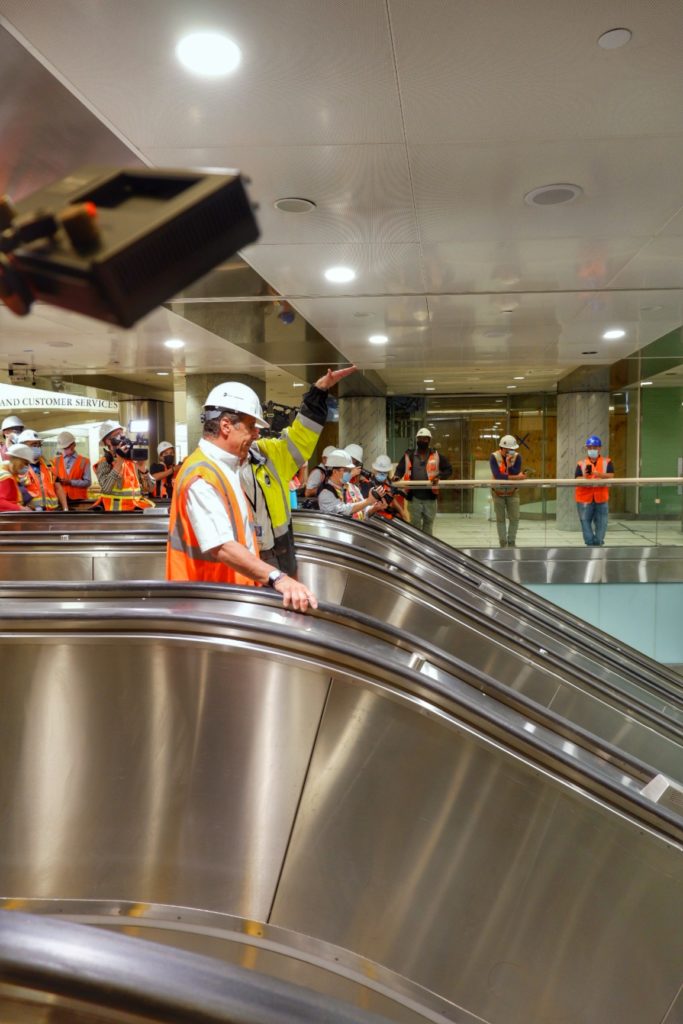

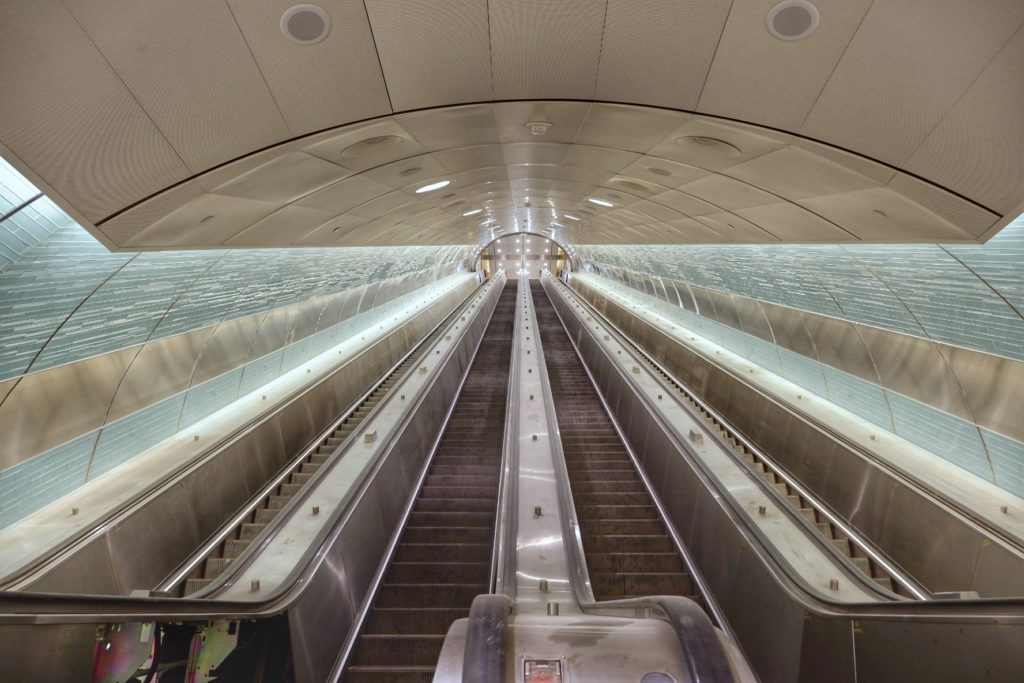
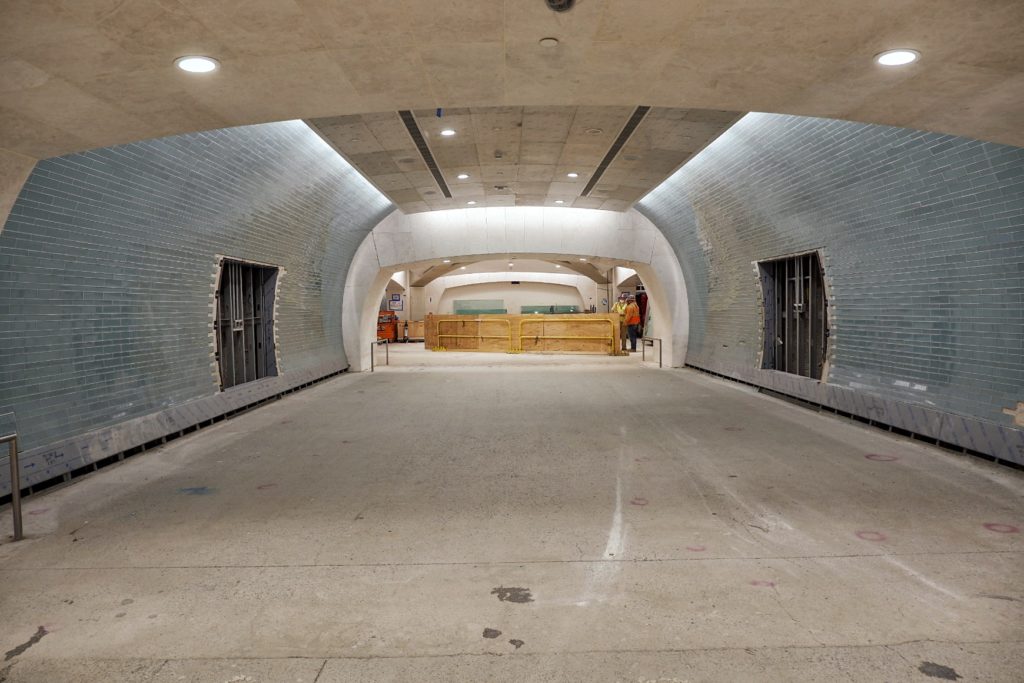
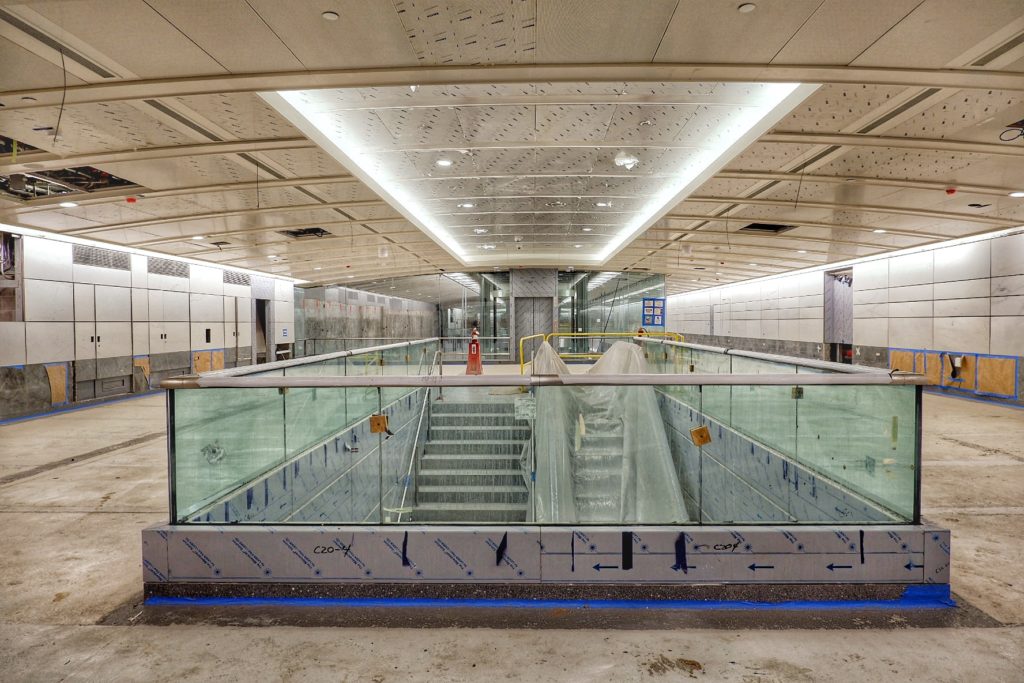

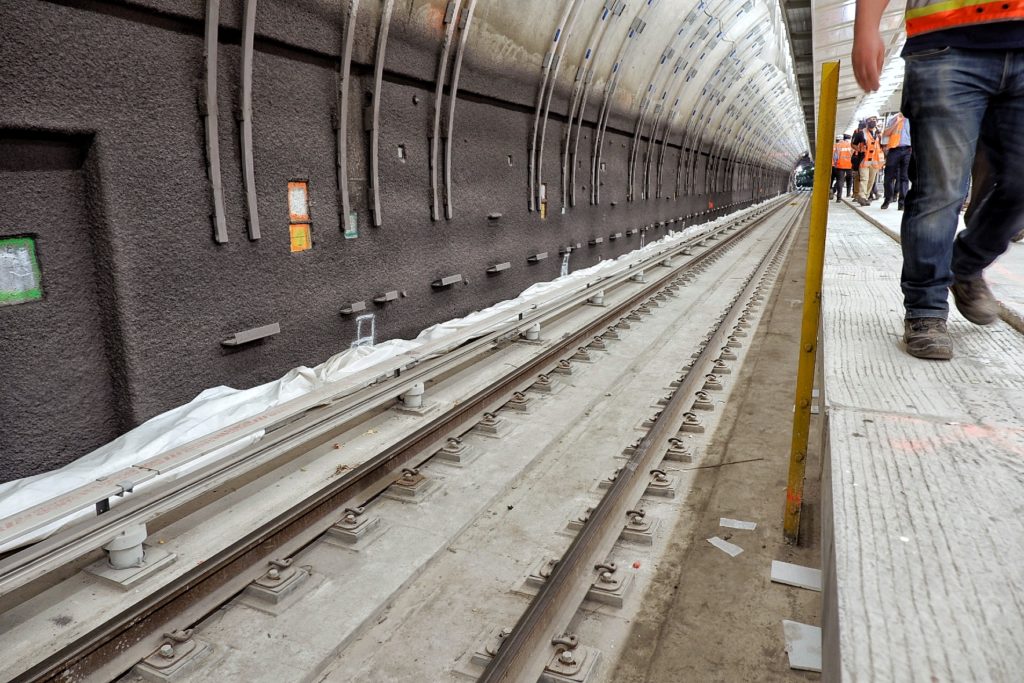
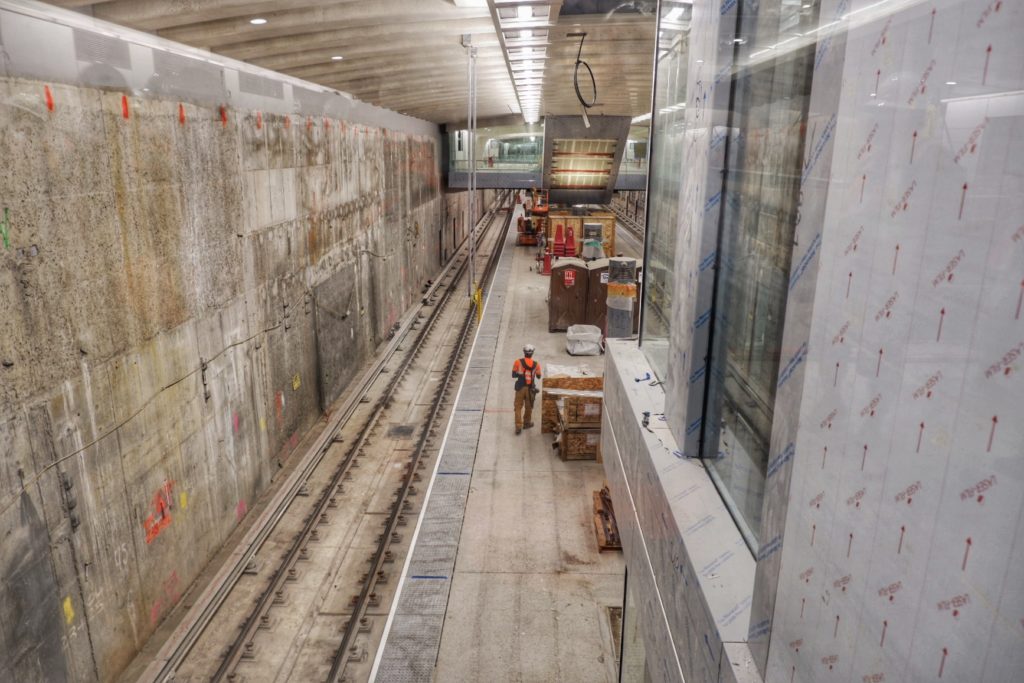
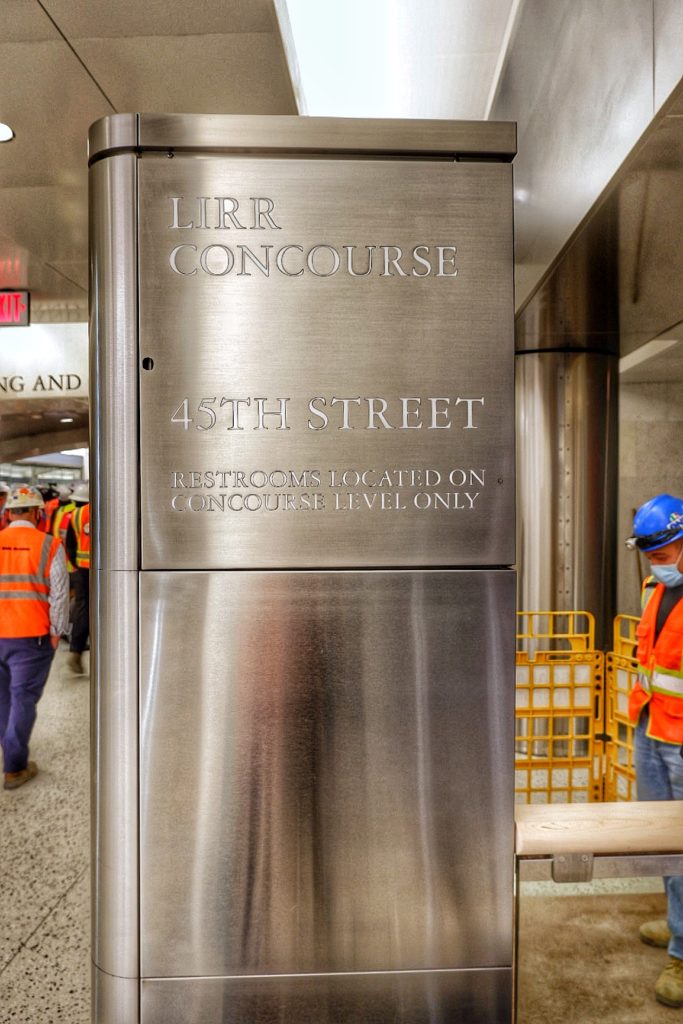
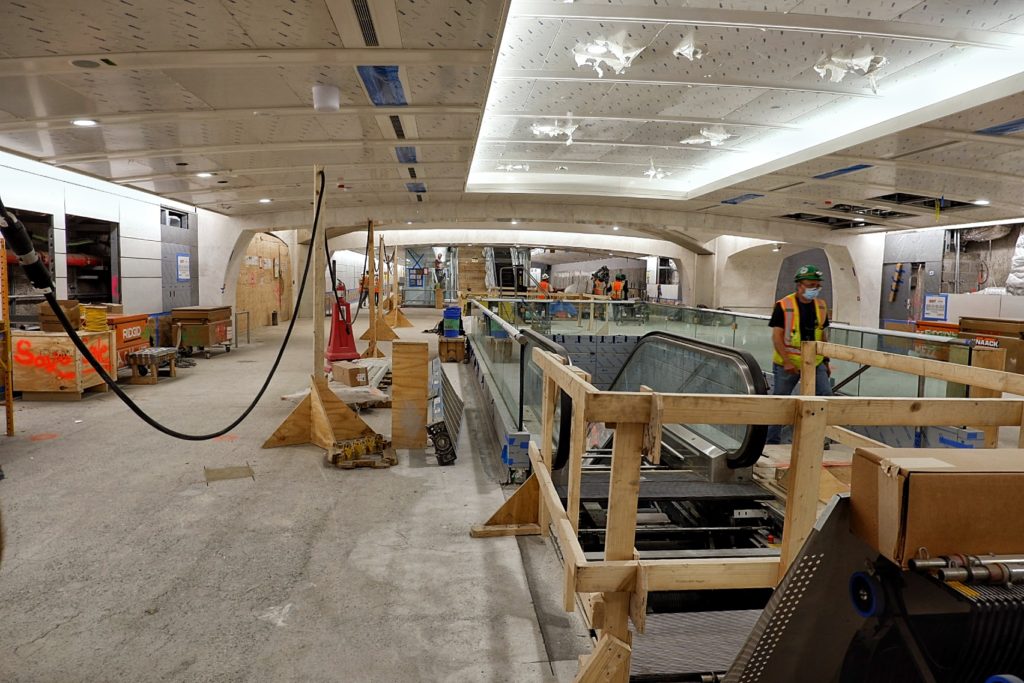
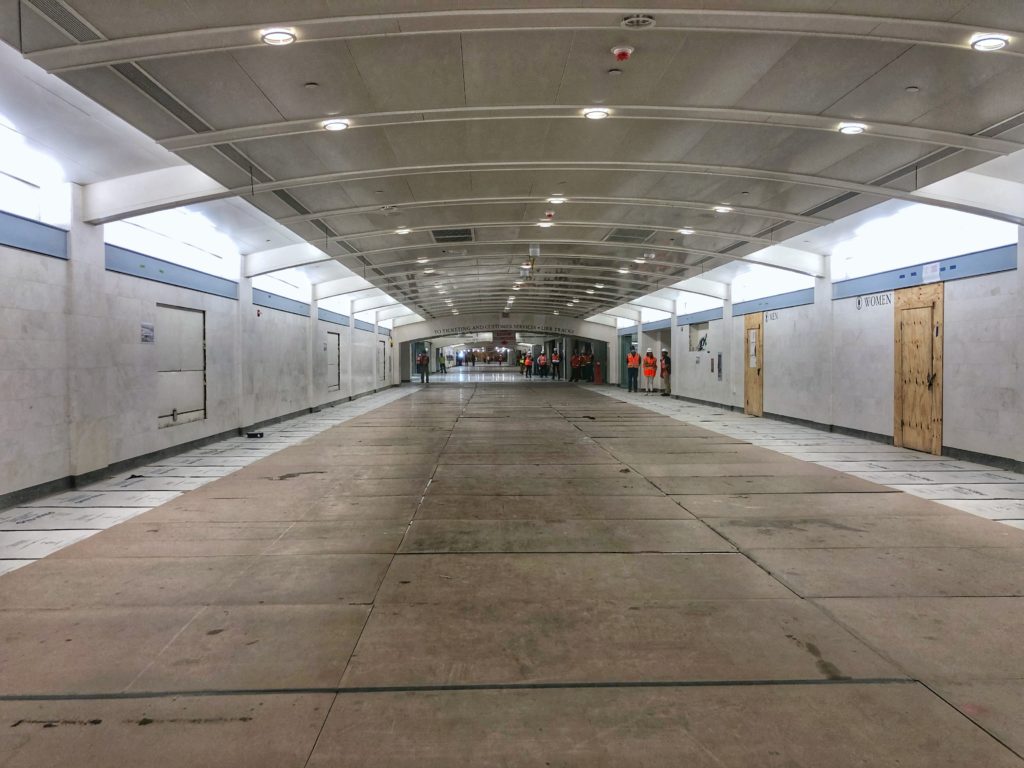
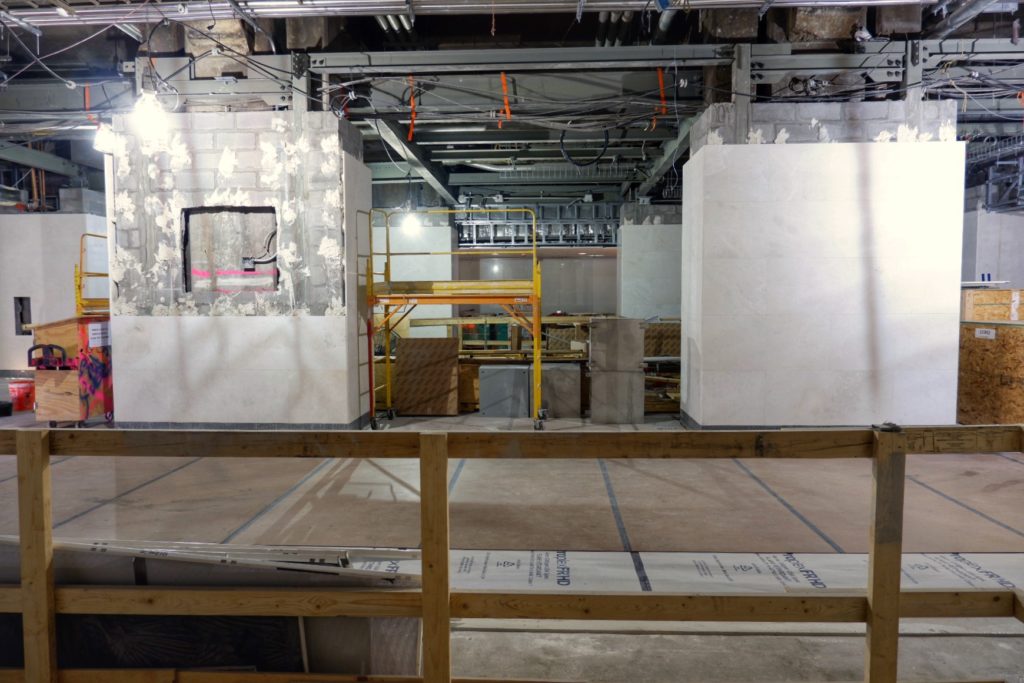
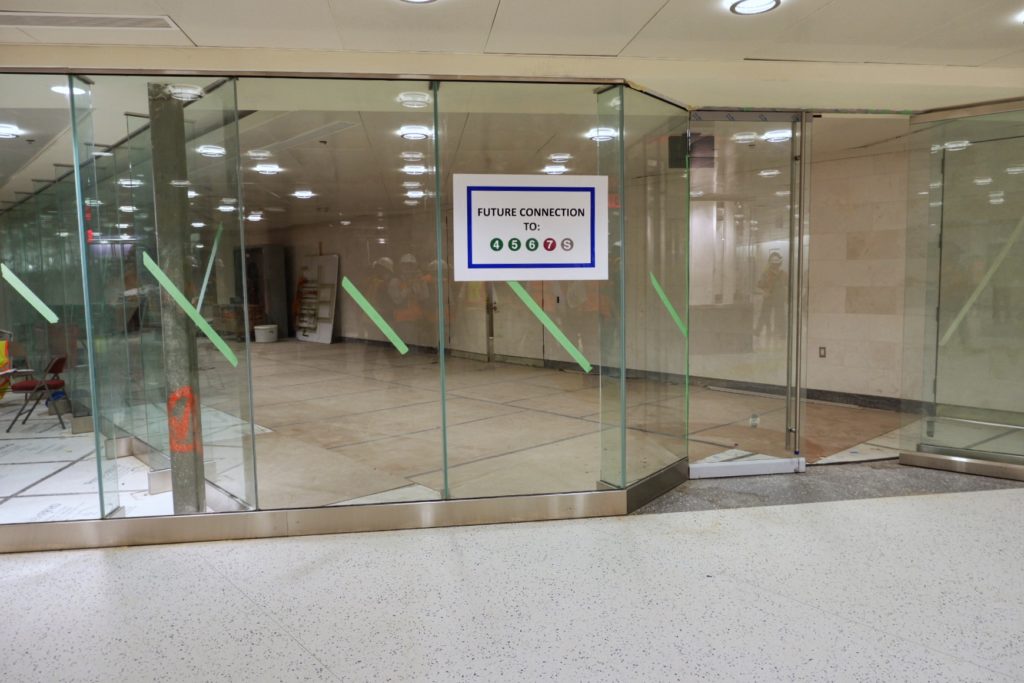
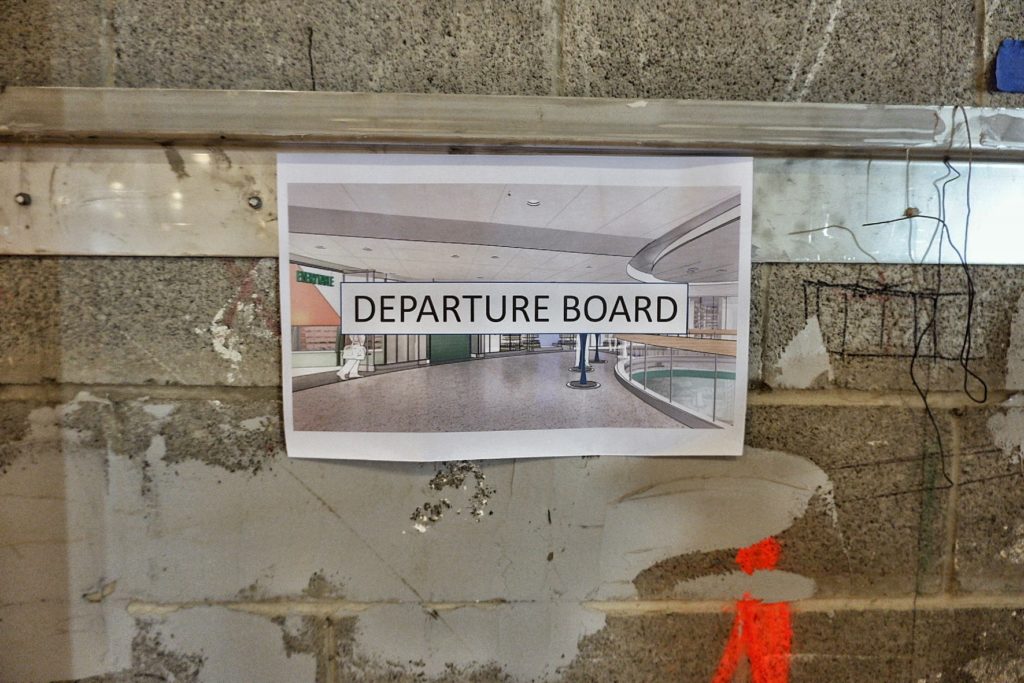
32 comments
Great article! I wonder what ever happened to Governor Cuomo’s 2019 independent audit on this project? Since 2001, the total direct cost has grown from $3.5 billion in 2001 to $11.2 billion today. This does not include $4 billion more for indirect costs known as “readiness projects” carried off line from the official project budget. This includes $2.6 billion Main Line Third Track, $450 million Jamaica Capacity, $387 million Ronkonkoma Double Track, $120 million Ronkonkoma Yard Expansion, $44 million Great Neck Pocket Track just to name a few support direct implementation of East Side Access. The promised opening service date has slipped on numerous occasions from 2009 to December 2022.
A detailed project risk assessment by the Federal Transit Administration independent engineer as part of the FTA – MTA 2016 amended ESA Full Funding Grant Agreement predicted a final cost of $12 billion.
The MTA has repeatedly increased the budget by billions and pushed back the first day of service by thirteen years.
A cat has nine lives and this project long ago already used all of them. When it comes to completion of ESA, the 1960’s LIRR motto “Line of the Dashing Dan” should be changed to “Line of the Slow Moving Sloth.”
(Larry Penner — transportation historian and advocate who previously worked for the Federal Transit Administration Region 2. This included the development, review, approval and oversight for grants supporting billions in capital projects and programs on behalf of the MTA and over thirty other transit operators in NY & NJ).
Thank you for your informative insights, much appreciated.
It will ultimately be the world’s greatest 350,000 sq ft empty cavern.
Shall we name it the “Nursing Home Victims Memorial Tomb?”
No. It will be named “Alternate Penn Station”. East Side Access and Penn Station Access both serve a second purpose: system resiliency, especially from service diversions (if one terminal is out, trains can travel to the other).
New York City has revived itself from far deeper holes than Covid-19. Remember Fort Apache the Bronx days?
I’ve never understood why East Side Access was critical to spend whatever $20 billion on, but New York had to cancel a 7th avenue station in hell’s kitchen to save a few hundred million dollars.
¿Are you referring to the scuppered 42nd & ~12th Ave #7 station? That was regrettable. In fact, a Far West continuation both Down & UpTown is sorely needed. It would revitalize economic backwater areas around Javits, the Yards, Clinton… Even just something elevated or street-level like Jersey City Light Rail… from downtown to uptown.
Having said all that, selfishly \ individually I would favor none of it. It would destroy the peace and tranquility of the remaining oases both downtown and up- protected by their geographic remoteness and relative lack of mass access combined.
But collectively \ for the City’s good it’d be a home run. West Side doesn’t have enough subway, along with substantial underdeveloped or economically disadvantaged space.
it commuters really don’t return at scale to the old patterns, the danger goes much deeper than ESA. A change in working patterns to a default of remote work for white collar workers would basically end New York City as we know it and toss its sprawling mass transit system into redundancy.
Given that this is the United States and the New York metro is basically the only surviving example of large-scale, ubiquitous mass transit in a mostly human-scale environment, there is no way it would survive if forced to depend on federal subsidy to maintain its service. The arguments from Republican Senators write themselves: “Why should hardworking families in Omaha and Anchorage pay billions of dollars in federal subsidy to keep the trains running in New York where nobody wants them anyway?”
Yes it’s disingenuous. Yes it lacks all perspective. Yes it’s incredibly shortsighted and will basically throw away one of the greatest public works ever constructed. But if New Yorkers vote with their feet and refuse to return to their offices, it will absolutely happen.
I fully expect to start seeing the thinkpiece-machine latch on to the idea that self-driving electric cars are the solution to the climate crisis and that Americans can hang on to their unsustainable, inefficient patterns of land and resource use if they just buy the right product.
I guess it’s just all very sad. ESA may very well be the last large-scale transit project we ever build in this city.
“If commuters really don’t return at scale to the old patterns, the danger goes much deeper than ESA. A change in working patterns to a default of remote work for white collar workers would basically end New York City as we know it and toss its sprawling mass transit system into redundancy.”
I already herd the “we don’t need cities argument” as a result of remote work, but what nobody mentions in this is if white collar workers can work remotely, they can be replaced by remote workers in countries with the same skills at a far lower wage. You’re aware of this when you need to call customer service or tech support in most businesses today.
“I already herd the “we don’t need cities argument” as a result of remote work, but what nobody mentions in this is if white collar workers can work remotely, they can be replaced by remote workers in countries with the same skills at a far lower wage.”
Well…yes. That’s very true. Hell we’ve already done this where I work as a result of the pandemic. It’s a crappy development, I don’t agree with it, and it seems really bad for working people in the US.
But the problem is, whether it’s the Right Thing doesn’t really affect the matter of whether it’s *likely to happen* or not. Capital may want this, the government will probably go along, and the last great urban center in the US may well just disintegrate in the coming decades. It definitely *can* happen, and the tech industry is probably very interested in facilitating it.
Just sayin.
“I fully expect to start seeing the thinkpiece-machine latch on to the idea that self-driving electric cars are the solution to the climate crisis and that Americans can hang on to their unsustainable, inefficient patterns of land and resource use if they just buy the right product.”
That is until one of these AV’s crashes & kills the passengers within & then the conspiracy theories will blossom especially if a child is a victom. This will be followed by an all out attack on self driving cars as they take away freedom of mobility & go ware they are programed to go, not ware you want them to go.
Already herd a commentary on this a few years ago from Lionel media on how self driving cars can be used to remove political dissidence with a simple computer hack & suddenly the car strangely crashes for no obvious reason.
Keep in mind though that Lionel is in the similar mind frame of Alex Jones the notorious conspiracy theorest , so that is something to consider as you read these words.
Look, I’m not trying to say that the “robocar” enthusiasts are *correct* or that their vision of the future is an appealing one. I find it pretty appalling myself, as it would send the trend of social atomization and life-through-screens into overdrive (pun intended).
I’m merely pointing out that this is *growing* school of thought, particularly among people in the software industry – an industry which, coincidentally, is located primarily in the car-dependent sprawls of California, Texas, and the Pacific Northwest, and an industry whose employees have come to be vested with a *lot* of social and economic power nowadays – and that transit advocates like us are presently responding primarily with outright denial or just ignoring that it exists.
We need to have an answer for why great transit projects like ESA are necessary, why transit is necessary a public good in general, and how we’re going to improve our performance in the timing and expense of those projects. Otherwise, we may find ourselves crowded out of the conversation around urban planning in the same way that the railroads were almost extinguished during the modernist planning boom of the postwar period.
“Look, I’m not trying to say that the “robocar” enthusiasts are *correct* or that their vision of the future is an appealing one. I find it pretty appalling myself, as it would send the trend of social atomization and life-through-screens into overdrive (pun intended).
I’m merely pointing out that this is *growing* school of thought, particularly among people in the software industry – an industry which, coincidentally, is located primarily in the car-dependent sprawls of California, Texas, and the Pacific Northwest, and an industry whose employees have come to be vested with a *lot* of social and economic power nowadays – and that transit advocates like us are presently responding primarily with outright denial or just ignoring that it exists.”
Oh, I know you are just pointing things out & thanks.
Seattle actually has the highest ridership in the country among bus based systems, even post pandemic & many of them are in the tech industry http://www.seattletransitblog.com has pointed out. As for suburban sprall, not everyone wants to live in a car dependent neighborhood where the only options are a personal car or an app to retrieve one just for doing basic life necessities.
I have been curious, where are the entry points to this facility going to be within the current station? I am having trouble placing it.
Too late, it’s done. The real move would be to run the subway into NJ.; Get rail to the Poconos and build the causeway across Long Island Sound to CT.
I second this.
Entries points listed north to south:
48th St- into 415 Madison and an elevator to street level
47th St- into both 383 Madison and 270 Park (currently under construction)
45th St- into Future 347 Madison (341-344-353 building currently being demolished)
44th St- elevator to street level
43rd St- two escalators to Biltmore Room to exit into Grand Central Terminal and 43rd St
43rd St & 42nd St – into 1 Vanderbilt with connections to NYCT
43rd St- two escalators to exit into Food Court level of GCT
42nd St- future entrance to Project Commodore building (current Grand Hyatt Building 42nd & Lex) and subway connections
Great article. You did neglect to blame Cuomo for his part in the pandemic mess, so only 9 out 10 rating lol.
Nobody who follows transit issues or really the news in the past year is a fan of Andrew Cuomo, but what exactly would duplicative criticism of the pandemic response (what *kind* of criticism) achieve here? We’re talking about ESA and how it fits into the transit landscape of the next few years. It’s been an issue since before Andrew Cuomo, and it will continue being an issue after he’s gone.
Let’s keep it real. We cannot have anything beautiful in New York City, because the homeless are going to use that location for a shelter.
Lets get real. Enough of the “we cant have nice things ” because of the homeless argument. Should we not have rebuilt the WTC because the homeless might choose to move in if it was rebuilt? You cant design any policy out of fear that the homeless might ruin a public space.
I don’t even know how the parent comment is relevant to ESA or the article in general. Like, they gotta connect the dots. Are they saying that the interior of the ESA train hall isn’t as nice as it could be because it needs to be homeless-hostile? That the project shouldn’t have happened at all? I really don’t know what it’s trying to say. It’s just innuendo referencing an unrelated problem to cast aspersions on…what exactly?
The thought process goes something like this… NYC & cities like it are democrat shitholes. They are overrun with the homeless where they defecate on the street, encamp themselves in all matter of public buildings & parks, terrorize all the citizens/ visitors just for the fun of it & the democrat polls like it as it will garner the liberal vote as liberals are brain dead.
Not trying to bring politics into this, but these are the same people who will tell you why as David commented above, “We cannot have anything beautiful in New York City, because the homeless are going to use that location for a shelter.” This is how they think.
Meanwhile, when you study the tax data, the democrat “holes” actually subsidize the real problem, i.e. the right-wing “holes” that actually drain the cash away and in a rational world, would have been consolidated into larger entities and no longer allowed to exist on a practical level. LOL
How do you expect to keep the savages out?
I have some ideas.
You are worried Cuomo is pushing to open East Side Access early. I think he might be deferring the opening until after the election.
The decline of the subway and rising taxes in NYC, combined with all the investment elsewhere, is a bright light command from the Governor to move out of New York City — even if you have ties there. It would be very easy for articles to be written on the original MTA plan for action, how the suburbs got everything, and the city has train cars and signal systems (among other things) that are older on average than when the MTA was formed, and a rapid transit system with fewer stations (since the 3rd Avenue El in the Bronx was closed in 1973). That and the shrinking share of the toll surplus the is spent in the city.
Note how Cuomo is so keen to blame the pandemic and rising crime starting in 2020 for an exodus of young New Yorkers that got underway in 2015, and represents a success rather than a failure. And remember, Cuomo has won election on the backs of city voters he (like most Democrats) know they can screw because the Republicans are not a sane alternative anymore.
Knowing city residents value mass transit, they have used it the way the UFT uses lower class sizes. Make promises in exchange for more money, divert the money elsewhere, and then demand still more money for the same thing.
Then, to, there is the possibility that all this money has been spent and relatively few people will use the massively costly investment when it opens.
All in all, it may be that the service could be started in early 2022, but Cuomo doesn’t want that.
This is because our assignment writers are the best and this fact cannot be disputed. They are experts at what they do since they are backed by years of experience. They have the capability of delving into your subject with great ease. Additionally, our writers are great researchers making it easy for them to deliver original, high quality content.
These will be the MTA’s deepest escalators, which could prove problematic for a company with a dubious maintenance history.
Top Dumpster Rental Companies in USA
The completion of East Side Access is seen as transformative for New York’s economy and commuting patterns. However, the timing of the announcement during a pandemic that has drastically changed commuting habits and the future of Midtown Manhattan has raised some questions about the project’s overall impact. Governor Andrew Cuomo, in his press conference, acknowledged the challenges faced in completing the project and praised the hard work of many people involved.
Your blog taught me a lot, and you can learn more about older video games to have more enjoyable experiences. I’ve enjoyed playing with you in the past!
the article provides a detailed analysis of the East Side Access project, highlighting both its potential benefits and lingering uncertainties as it approaches completion
Good composed article. It will be steady to any individual who uses it, including me. Continue doing what you are doing – can’r hold up to peruse more posts. Henderson